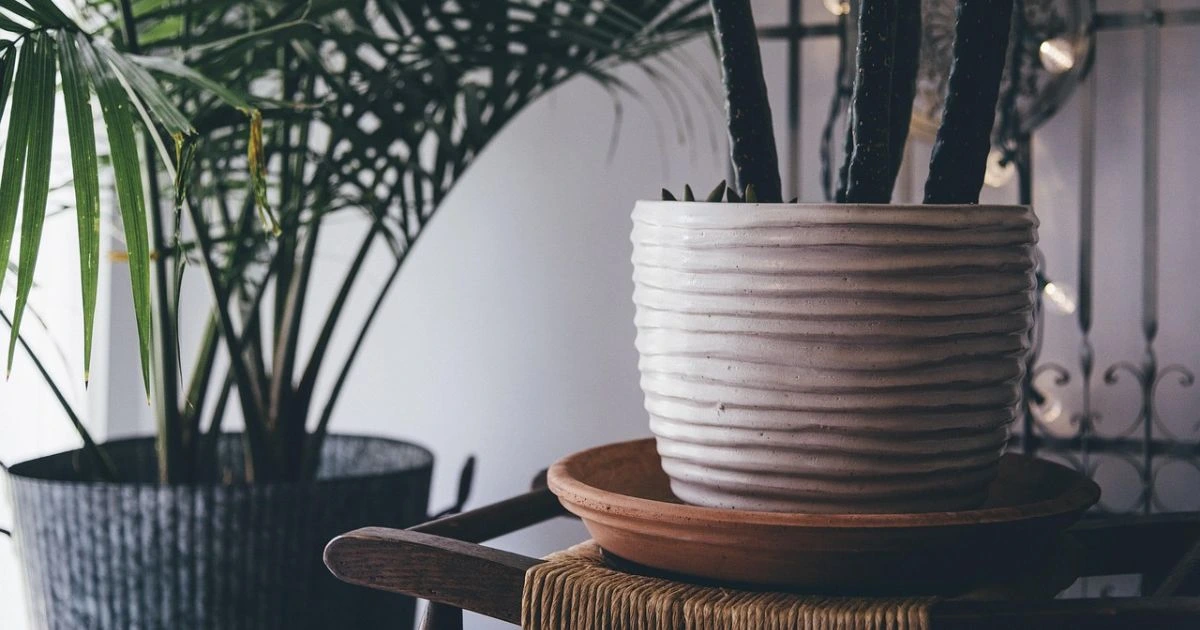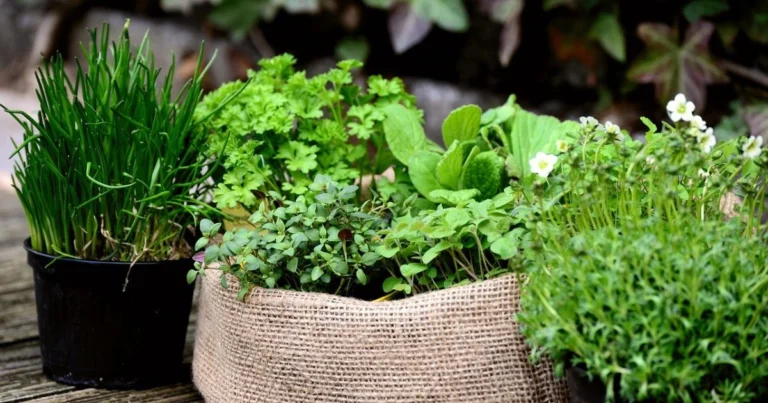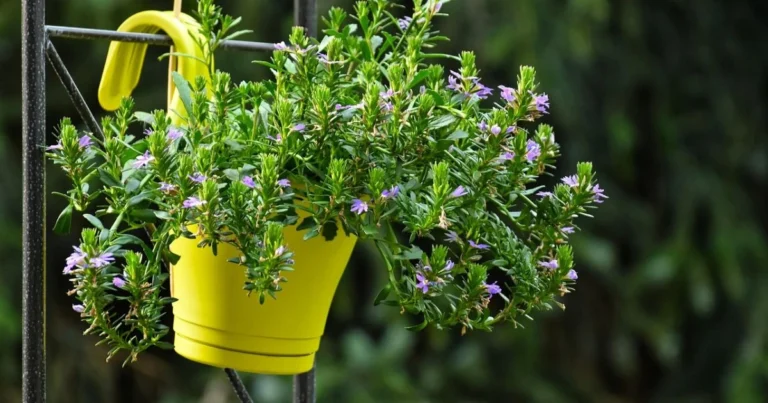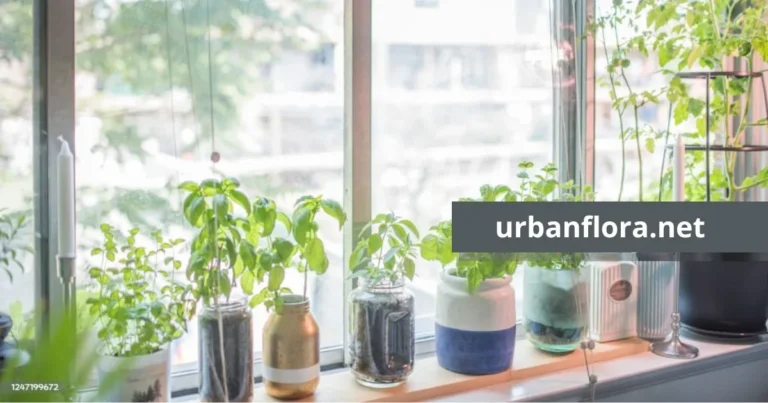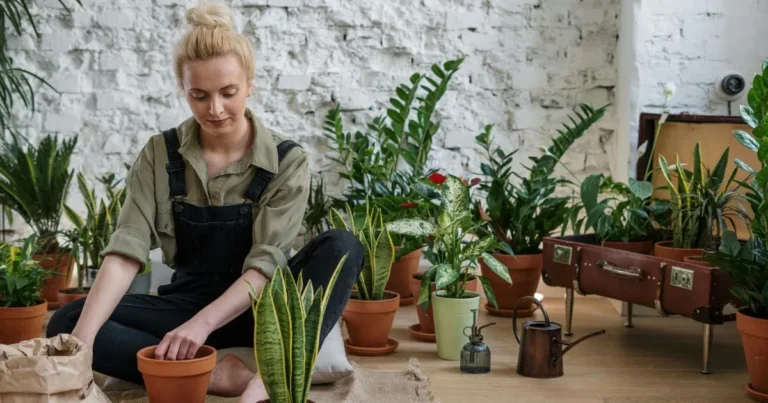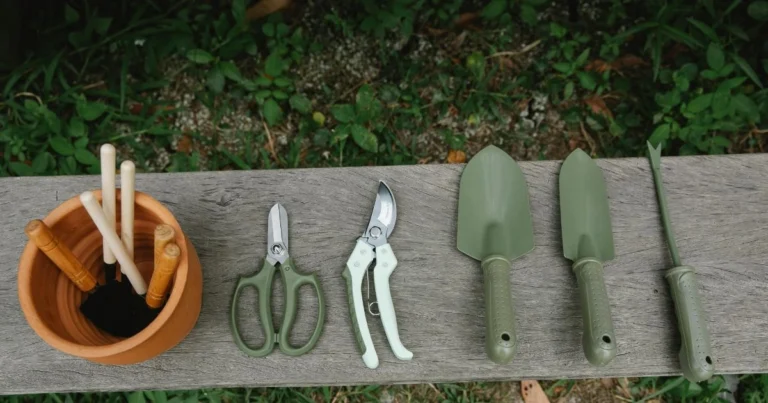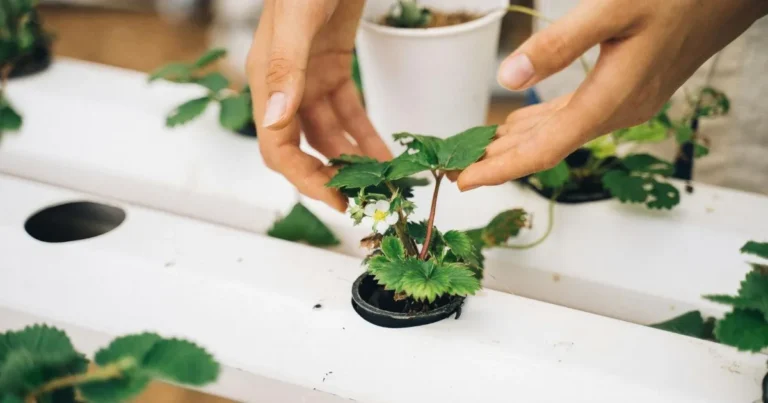7 Must-Try Tips for Growing Herbs Indoors Successfully
Table of Contents
Introduction
Imagine plucking fresh basil for your homemade pasta, or snipping rosemary to infuse your roast—all from the comfort of your kitchen. Growing herbs indoors isn’t just about convenience; it’s about bringing nature into your home, enhancing flavors, improving air quality, and even saving money on store-bought herbs. But let’s be honest—without the right know-how, your indoor herb garden can quickly turn into a wilted disappointment.
The good news? It’s easier than you think! Whether you have a sunny windowsill or a tiny apartment with limited light, this guide will help you master the art of growing herbs indoors. From choosing the best plants to understanding their lighting and watering needs, you’ll learn how to cultivate a thriving indoor herb garden effortlessly. Plus, we’ll cover some advanced care tips, solutions for common issues, and even ways to maximize your small space for urban gardening success.
Let’s dive in and turn your space into a green oasis!
Best Herbs for Indoor Gardening
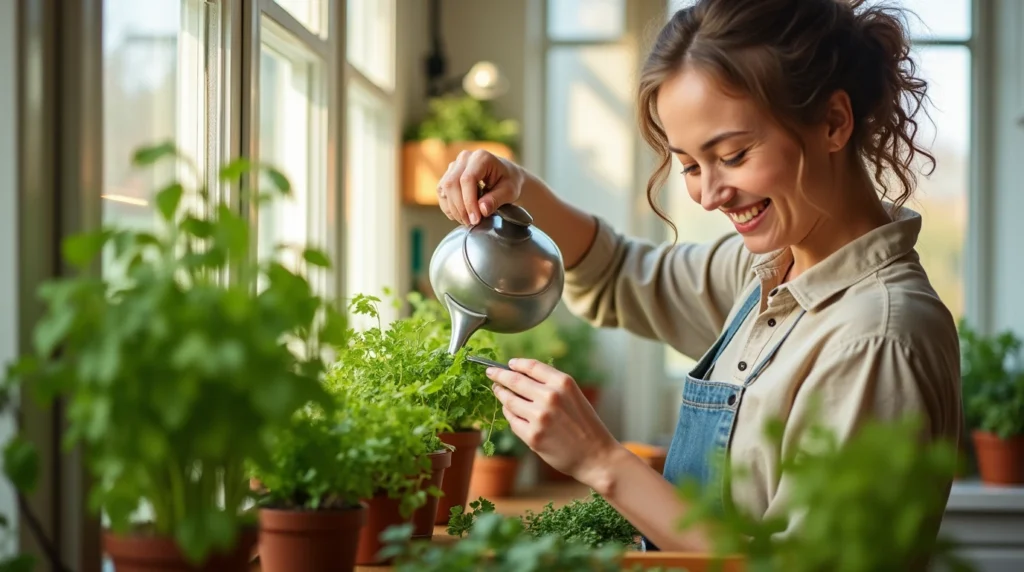
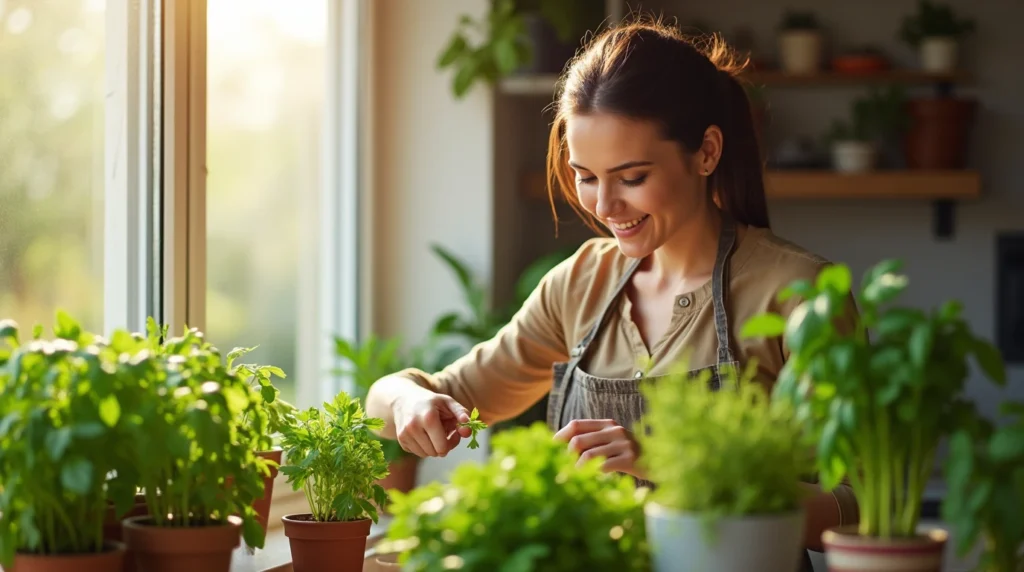
Not all herbs thrive indoors, so choosing the right ones is key. Some herbs are more resilient and adaptable to indoor conditions than others. Here are some of the best herbs to grow indoors, along with their specific needs and tips for success:
Top Herbs to Grow Indoors
- Basil – Loves warmth and bright light, grows quickly with regular pruning, but requires frequent watering.
- Mint – Low-maintenance and spreads easily, making it perfect for beginners. Best grown in a separate pot to prevent overgrowth.
- Rosemary – Prefers well-drained soil and a sunny spot. Needs occasional deep watering.
- Parsley – Grows well in indirect sunlight and adds fresh flavor to dishes. Takes time to establish but rewards with a steady harvest.
- Thyme – Drought-tolerant and requires minimal watering, making it one of the easiest herbs to maintain.
- Chives – Hardy and easy to maintain with a mild onion-like taste. Thrives in a variety of indoor environments.
Best Indoor Herbs & Their Requirements
| Herb | Light Needed | Watering Frequency | Special Notes |
| Basil | Bright, direct | Moderate | Prune regularly |
| Mint | Indirect, partial | Regular | Spreads quickly |
| Rosemary | Full sun | Low | Well-drained soil |
| Parsley | Indirect light | Moderate | Slow to germinate |
| Thyme | Full sun | Minimal | Drought tolerant |
| Chives | Bright light | Moderate | Hardy and resilient |
For best results, group similar herbs together based on their light and water needs to simplify care.
How to Provide the Right Light for Indoor Herbs
Natural Light vs. Grow Lights
- Natural Light: The best placement is near south-facing windows for maximum sun exposure. However, if your space lacks sunlight, you’ll need an alternative.
- Grow Lights: Full-spectrum LED or fluorescent lights can mimic natural sunlight, ensuring optimal growth. They should be placed 6–12 inches above plants and left on for 12–16 hours daily.
Best Placement for Maximum Growth
- Position herbs near a window with at least 6 hours of sunlight per day.
- Rotate plants every few days for even light exposure.
- Consider using reflective surfaces to maximize light distribution.
Pro Tip: If your herbs look weak or leggy, they need more light!
Watering Tips for Healthy Indoor Herbs
How Much Water Do Indoor Herbs Need?
- Herbs prefer moist but not soggy soil.
- Use pots with drainage holes to prevent overwatering.
Common Watering Mistakes to Avoid
- Overwatering: Leads to root rot and yellow leaves.
- Underwatering: Causes herbs to wilt and dry out.
- Inconsistent watering: Causes stress and slows growth.
Tips for Better Watering Practices
- Stick your finger into the soil—if the top inch is dry, it’s time to water.
- Use room-temperature water to avoid shocking the plants.
- Consider using self-watering pots for better moisture control.
Essential Care Tips for Thriving Herbs
Choosing the Right Pots and Soil
- Pots: Opt for clay or ceramic with drainage holes to prevent water buildup.
- Soil: Use a well-draining potting mix designed for herbs. Avoid heavy garden soil.
Pruning and Harvesting for Continuous Growth
- Regularly trim herbs to encourage bushy growth.
- Never remove more than one-third of the plant at a time.
- Harvest frequently to keep plants producing new leaves.
Common Indoor Herb Problems and Solutions
| Problem | Cause | Solution |
| Yellow Leaves | Overwatering | Reduce watering |
| Leggy Growth | Low light | Use grow lights |
| Brown Tips | Low humidity | Mist plants or use a humidity tray |
| Moldy Soil | Poor drainage | Use well-draining soil & improve air circulation |
Urban Gardening Solutions for Small Spaces
Maximizing Space with Smart Gardening Techniques
- Vertical Gardening: Use wall-mounted planters and hanging baskets.
- Container Gardening: Compact pots and stackable containers work great.
- Hydroponics: A soil-free, water-based system perfect for small apartments.
- Windowsill & Balcony Gardens: Utilize natural light sources efficiently.
Best Indoor Herb Garden Setups
- Kitchen Counter Setup: Keep frequently used herbs within arm’s reach.
- Wall-Mounted Planters: Great for small apartments.
- Hydroponic Herb Garden: A soil-free, low-maintenance alternative.
FAQs – Growing Herbs Indoors
Q1: What are the easiest herbs to grow indoors?
A: Basil, mint, chives, and parsley are perfect for beginners.
Q2: How often should I water my indoor herbs?
A: Check soil moisture—if the top inch is dry, water your plant.
Q3: Can I grow herbs indoors without sunlight?
A: Yes! Use LED grow lights for 12-16 hours daily.
Q4: What’s the best way to prevent herbs from getting too tall and thin?
A: Regular pruning and ensuring sufficient light exposure.
Q5: What is the best fertilizer for indoor herbs?
A: Use an organic liquid fertilizer once a month for best results.
Conclusion
Growing herbs indoors is simpler than you think! With the right lighting, proper watering, and routine care, you can enjoy fresh herbs all year long. Whether you’re working with a small apartment or a spacious kitchen, indoor herb gardening adds life to your space, enhances your cooking, and improves your home environment.
So, why wait? Start your indoor herb garden today and bring fresh flavors straight from your home to your plate! 🌱
🚀 Get started now! What herbs are you growing indoors? Share your tips in the comments!

